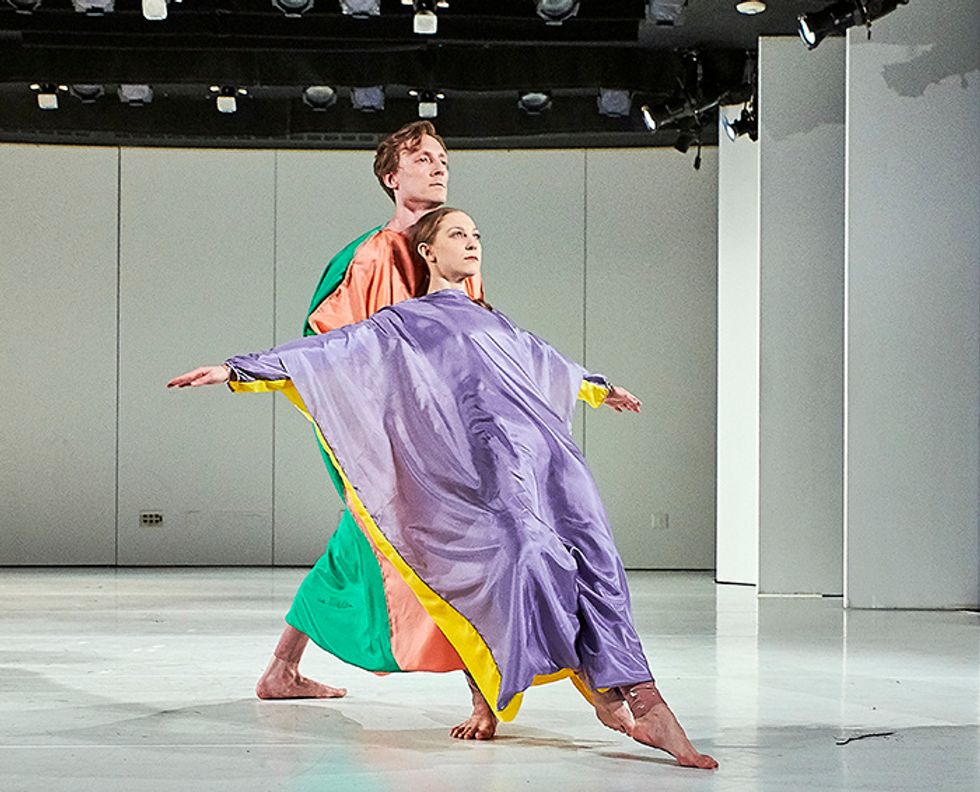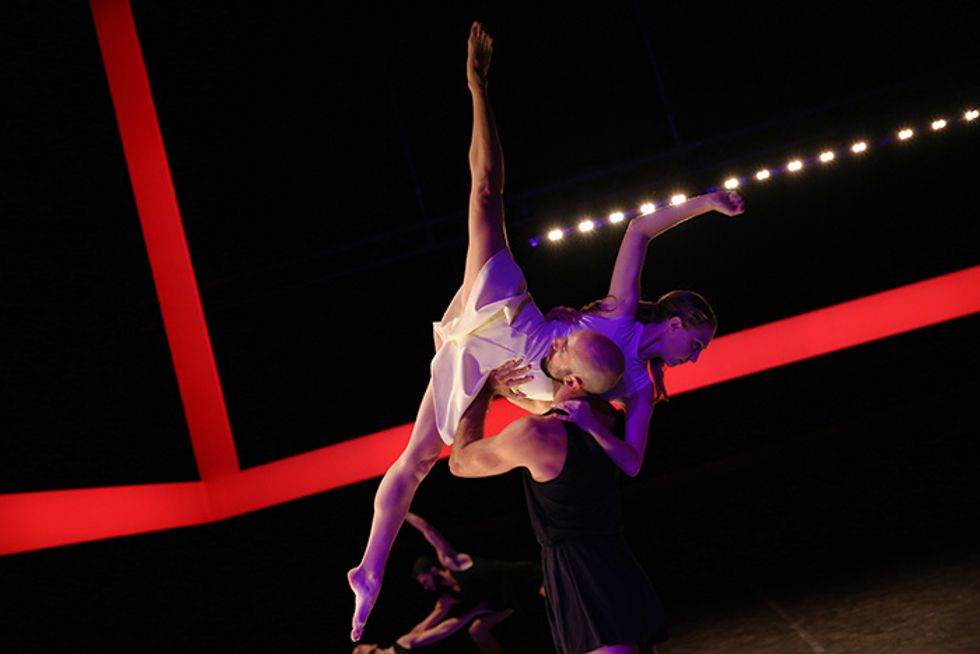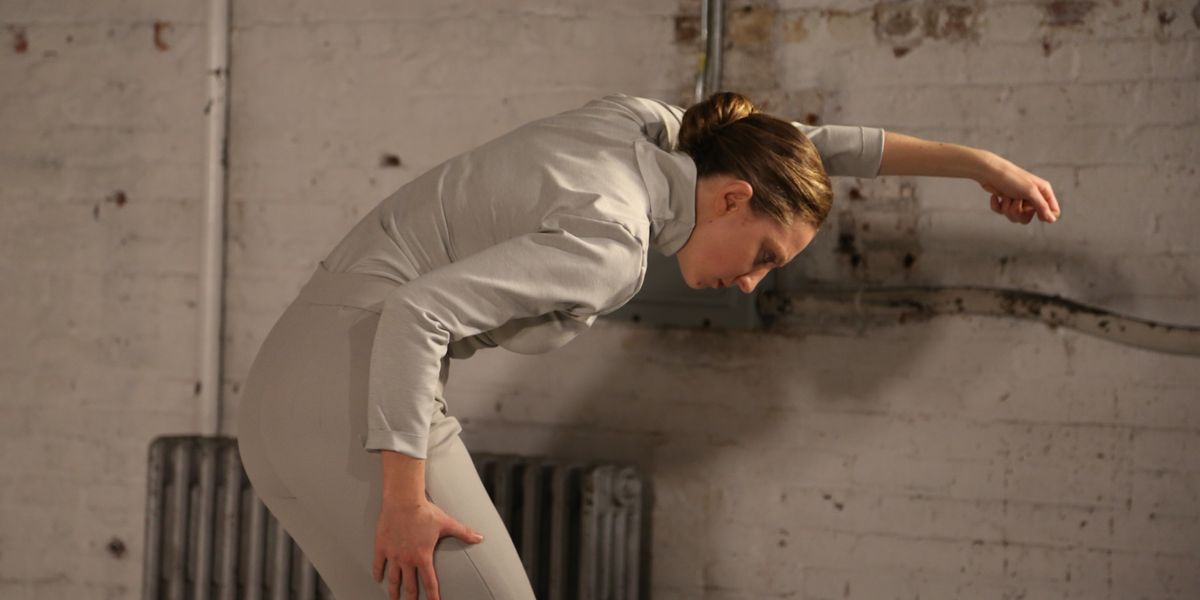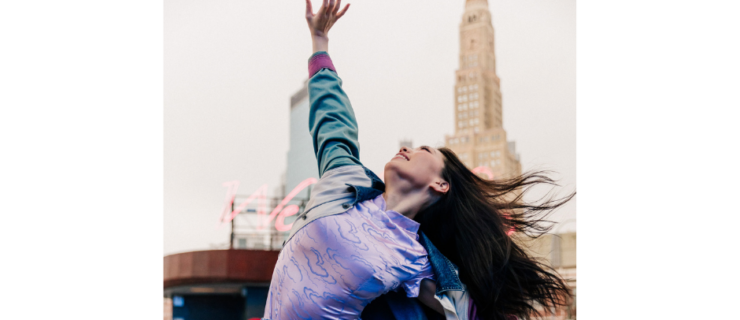How This Dancer Became One of NYC's Most In-Demand Freelancers
Some dancers move to New York City with their sights set on a dream job: that one choreographer or company they have to dance for. But when Maggie Cloud graduated from Florida State University in 2010, she envisioned herself on a less straightforward path.
“I always had in mind that I would be dancing for different people,” she says. “I knew I had some kind of range that I wanted to tap into.”
In her nine years as a sought-after freelance dancer, Cloud, 30, has followed through on that instinct, bringing her quiet, lucid electricity to the work of Pam Tanowitz, John Jasperse, Sarah Michelson, Gillian Walsh, Moriah Evans and Beth Gill, among others. She can turn something as simple as a grand plié into an eerily transcendent moment—as she did in Walsh’s Scenario: Script to Perform—or sail through counterintuitive convolutions, like those in Tanowitz’s New Work for Goldberg Variations.
“Maggie is a mixture of ephemeral beauty and down-to-earthiness,” says Tanowitz, who has worked with her since 2012. “She can solve whatever task I throw at her with understated gorgeousness.”

In Burr Johnson’s Tropopause. Photo courtesy Works & Process at the Guggenheim
Growing up in Sarasota, Florida, Cloud trained in the Cecchetti method, establishing a foundation of clean, unadorned alignment that she still appreciates. “It really set me up to work correctly and efficiently,” she says.
During high school and college she spent several summers at the American Dance Festival, where the exposure to different choreographers and styles “kind of blew open my world,” she says. Her senior year at FSU brought her to New York for a Movement Research internship. She knew she wanted to come back.
Cloud was dancing with friends in New York when she auditioned for Michelson, landing a role in her Devotion Study #1—The American Dancer, which would premiere at the Whitney Museum of American Art in 2012. “Sarah saw something in me and took a chance without really knowing me yet,” Cloud says. During that high-profile project, she made connections that opened doors for future work.

In John Jasperse’s Remains. Photo by Julieta Cervantes, courtesy Jasperse.
In deciding which projects to take on, Cloud considers both logistical factors—scheduling, finances—and artistic ones, like whether the work will challenge her. Above all, she says, “I have to trust the choreographer and their vision.”
“The most profound projects,” she adds, “are those where the work has developed over the course of many processes, where we can pick up where we left off and approach it in a new way, with a shared understanding and language.”
As for the challenges of a freelance career, Cloud says they’ve had less to do with switching between choreographers’ styles—a variety she enjoys—and more to do with money. “There are so few jobs that can single-handedly support you financially, and even though I prefer the piecemeal freelance work, it can be a hustle,” she says.

In Pam Tanowitz’s The Spectators. Photo by Ian Douglas, Courtesy Tanowitz
For Cloud, the hustle has included babysitting, art modeling, teaching, and working at a restaurant and a Pilates studio. But in the past year she’s made a larger career move, enrolling in a master’s program at Tri-State College of Acupuncture. That choice was inspired, in part, by wanting to help people one-on-one, in ways not always possible through dance.
“The actual exchange of dance happens so rarely,” Cloud says. “In the span of a year-and-a-half-long process, there’s maybe a weekend of shows, so I feel like my impact is often really indirect or abstract.” She doesn’t want to give up dancing, and doesn’t plan to. But as she puts it, “I’m trying to connect to the world in a different way.”




